Who would have guessed what was lurking just under the surface of these famous heads?
The 887 Easter Island statues, called Moai, have dotted the Chilean Polynesian island since 1250 C.E.
At 82-tons, the tallest of them reaches an impressive 33-feet high.
A large grouping is located on the Rano Raraku quarry, but several hundred Maoi dot the island’s perimeter.
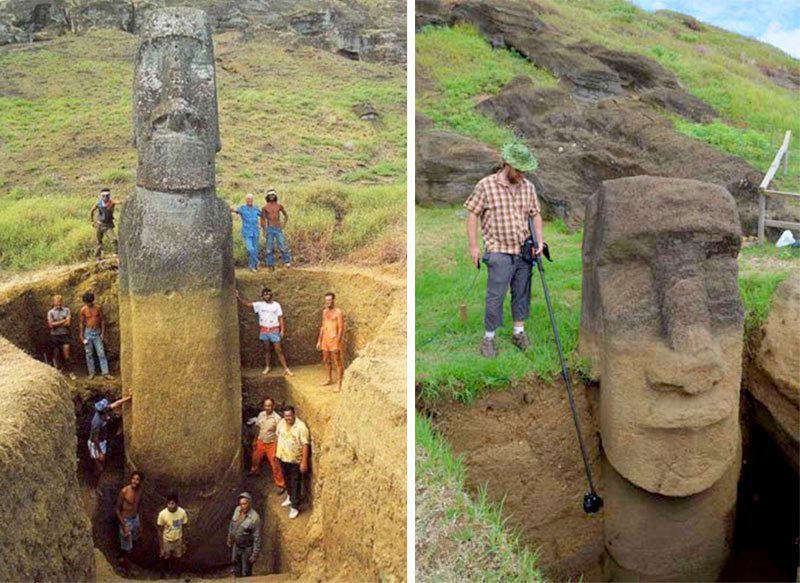
Image Credit: Easter Island Statue Project / Greg Downing
Part of the lasting historic impact of the statues is that by their sheer weight and size alone they have been unaffected by theft. But the extent of their enormity has only recently come to light to the public.
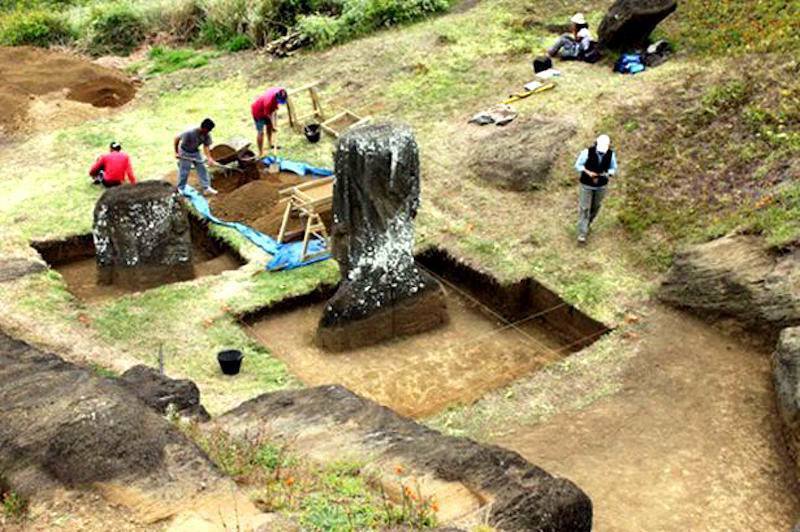
Image Credit: Easter Island Statue Project
Archeologists have known since 1914 that some of the Moai had bodies, buried deep in the soil, anchoring in the peering heads.
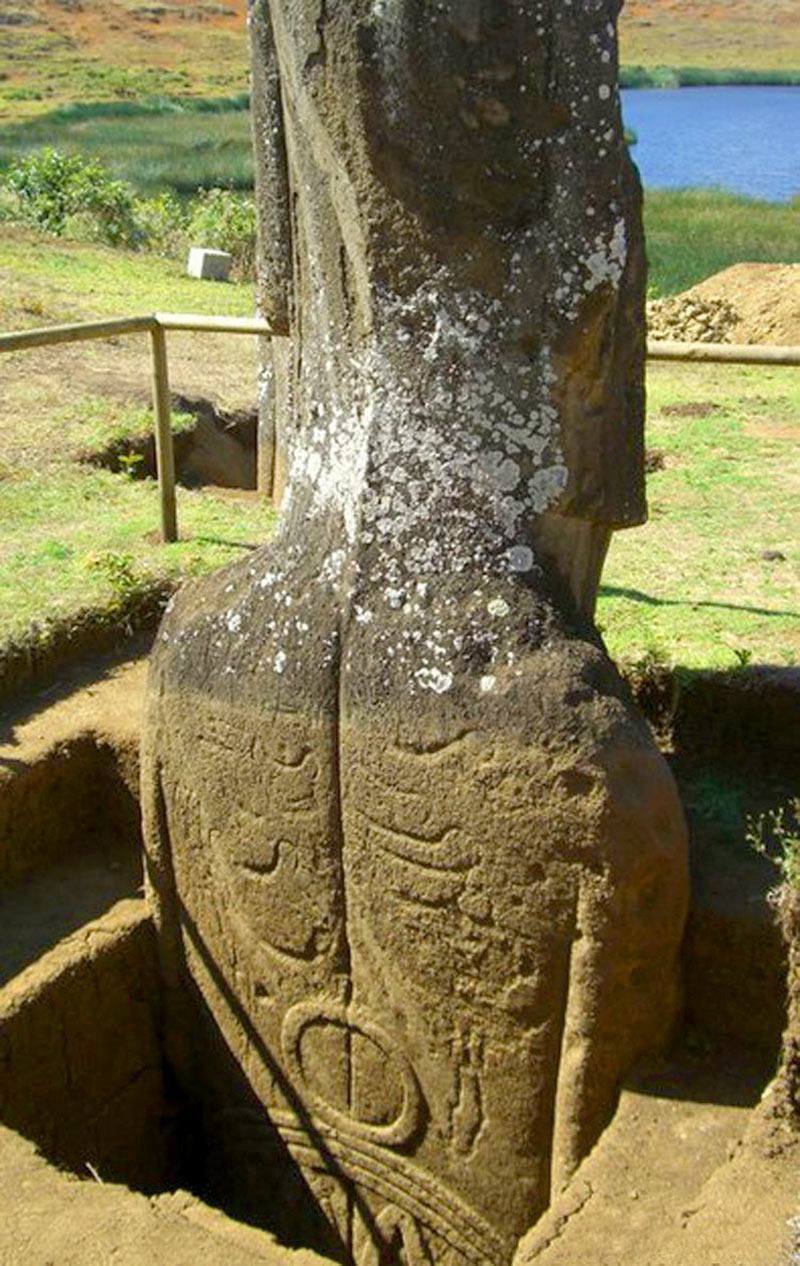
Image Credit: Easter Island Statue Project
According to Jo Anne Van Tilburg of the Easter Island Statue Project,
“There are about 150 statues buried up to the shoulders on the slope of a volcano, and these are the most famous, most beautiful and most photographed of all the Easter Island statues. This suggested to people who had not seen photos of (other unearthed statues) that they are heads only.”
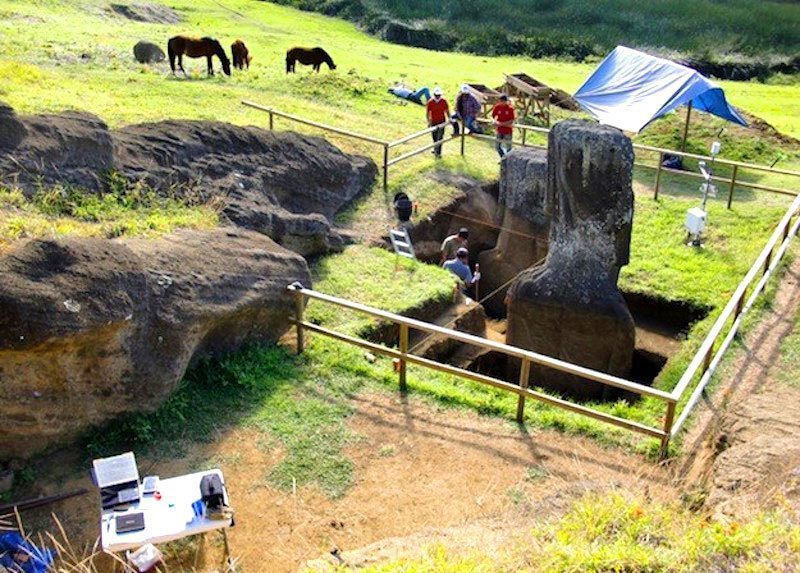
Image Credit: Easter Island Statue Project
Although the Easter Island Statue Project has been studying this area for more than a decade, this excavation is the first that is so easily accessible to the public.
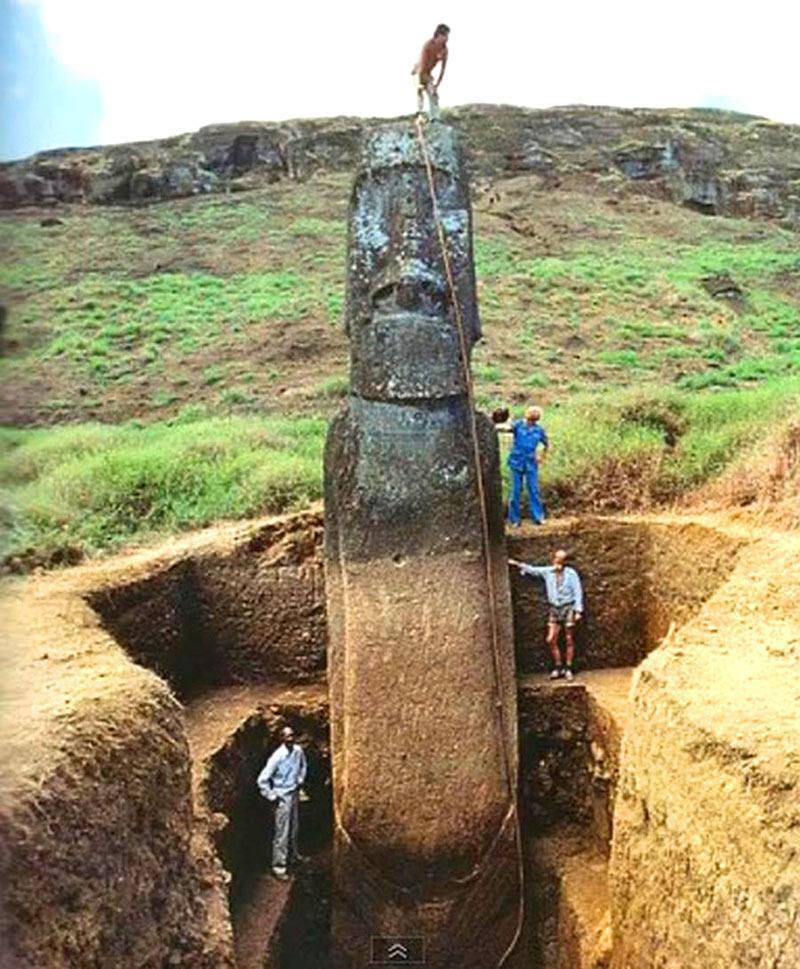
Image Credit: Easter Island Statue Project
With the uncovering of the bodies of the Moai heads, further petroglyphs have been unveiled, giving a greater backstory to the gigantic statues.
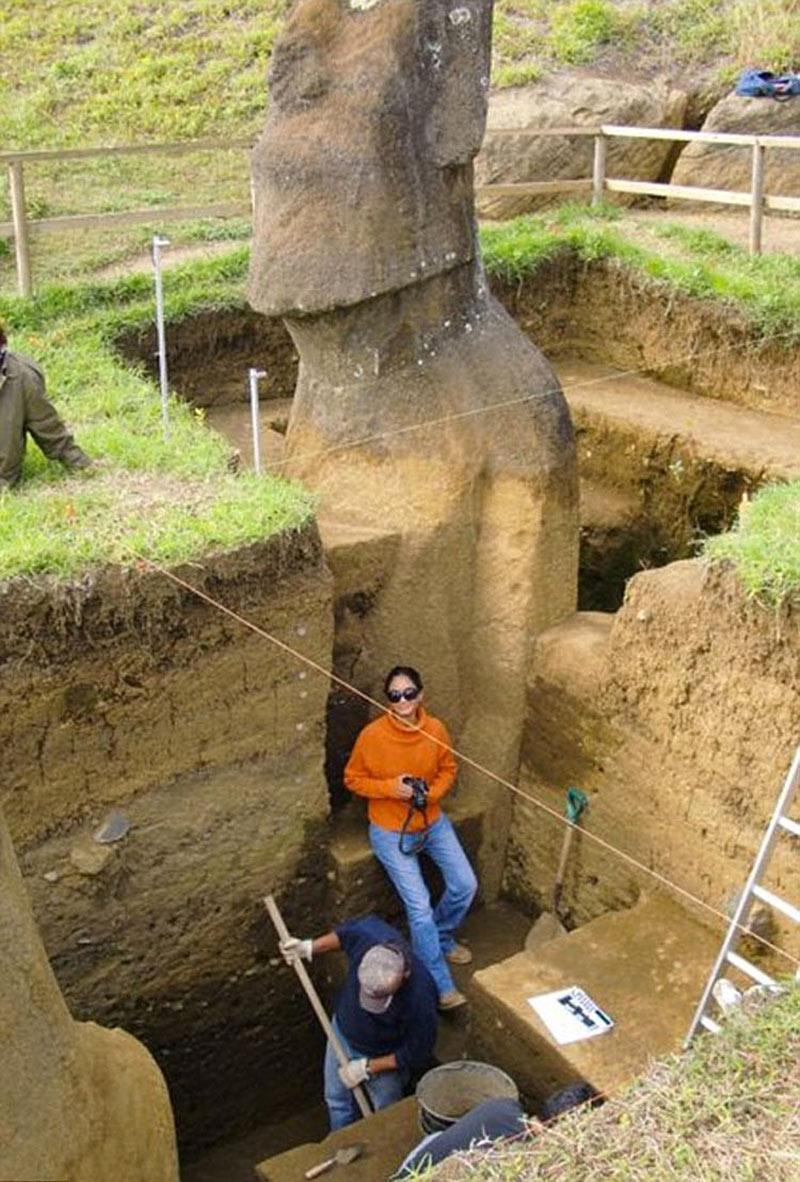
Image Credit: Easter Island Statue Project
The Rapa Nui island was first visited by Dutch explorers on Easter of 1722. The leader of the expedition, Jacob Roggeveen, gave Rapa Nui its western name.
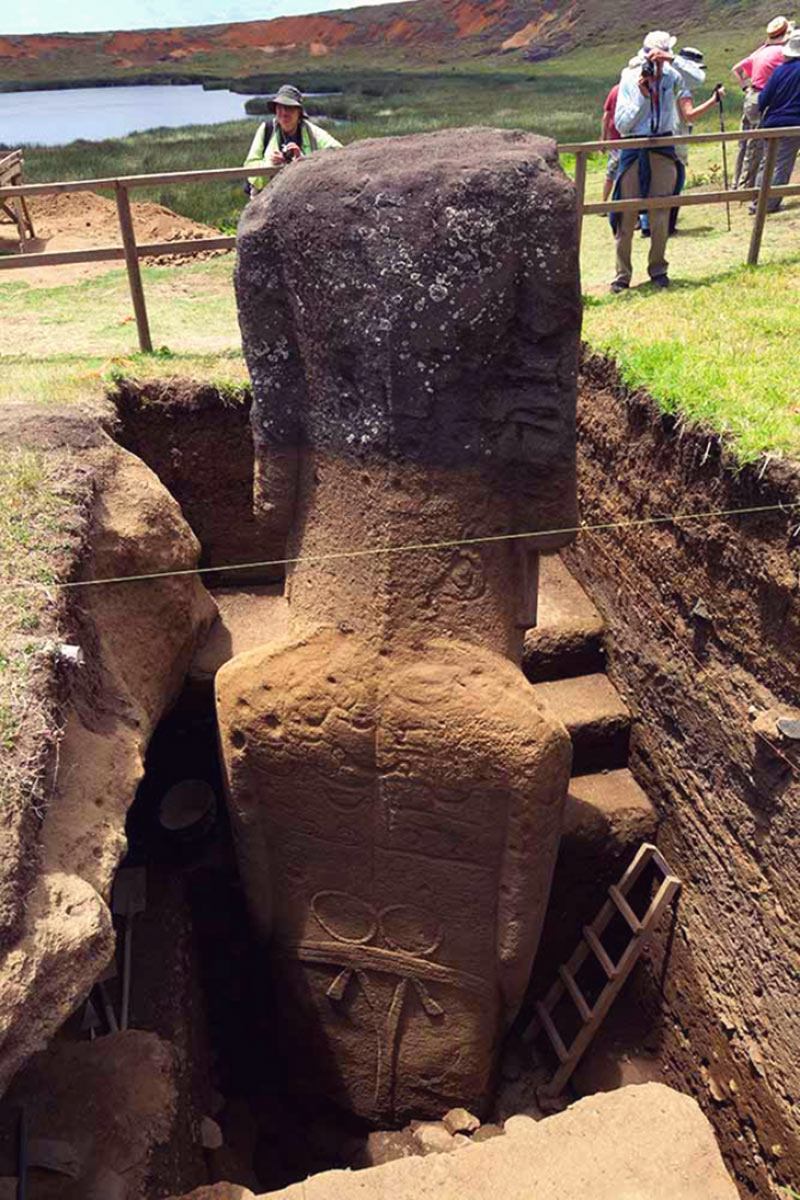
Image Credit: Easter Island Statue Project
Recommended
More Content